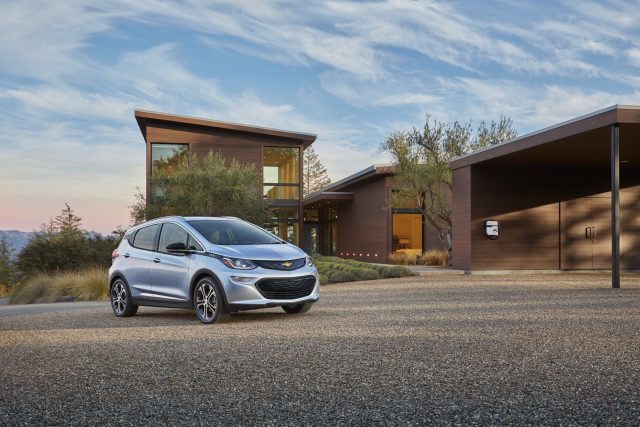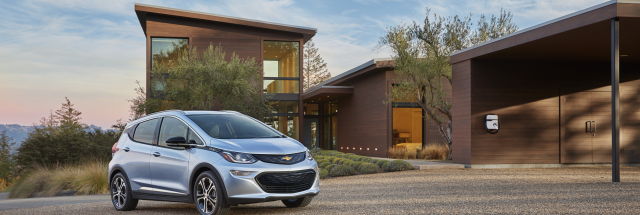

On Friday, General Motors wrote to the Trump Administration in support of a national zero-emissions vehicle (ZEV) program, which would require seven percent of automakers’ sales to be zero-emissions by 2021. That percentage would increase by two percent per year until reaching 25 percent in 2030.
The proposal came in the form of a comment to the Environmental Protection Agency (EPA), which has put forth its
own set of rules to rollback auto efficiency standards signed into law by the Obama Administration.
GM is a member of the Alliance of Automobile Manufacturers, which has been a proponent of Trump’s changes to the fuel efficiency standards designed by Obama’s EPA.
GM’s ZEV proposal suggests a credits-based system, where automakers would receive credits for every zero-emissions vehicle they sell (with partial credit for plug-in hybrid electric cars that can run with zero emissions part of the time, according to CNN). Automakers who fail to sell enough ZEVs could buy credits from other automakers (presumably, like GM) who were able to exceed their ZEV requirements.
There would be flexibility in the system for automakers to abandon the plan, as well. If electric vehicle (EV) battery costs are determined to not be on a path to $70 per kilowatt-hour (kWh), or if there’s not “adequate EV infrastructure development,” the percent of EV sales that an automaker would have to meet would be relaxed. (Bloomberg New Energy Finance reported that some of the lowest-cost battery packs sold in 2017 went for about $120/kWh, and Tesla has said it’s within striking distance of $100/kWh, though that has not been confirmed.)
The program would end when the 25 percent target is reached in 2030, “or based on a determination that the battery cost or infrastructure targets are not practicable within the timeframe,” GM writes. It’s not clear that automakers would have an obligation to contribute to EV infrastructure under this plan. In addition, GM’s summary of its proposal does not mention any obligation for automakers to improve fuel efficiency on their internal combustion vehicles.
GM says its proposal would put seven million electric vehicles on the road in the US by 2030. The US passenger vehicle fleet in 2015 was 263 million vehicles. Seven million vehicles is less than three percent of the US fleet. However, GM compares its national ZEV program to one that currently exists in California and says that its program would yield “a cumulative incremental reduction of 375 million tons of CO2 emissions between 2021 and 2030 over the existing ZEV program.”
Part of the Trump Administration’s bid to rollback the Obama-era fuel efficiency rules has been to end California’s waiver to set its own fuel efficiency rules, independent of the federal government. Several populous states follow California’s standards, but automakers dislike them because it creates an additional authority to answer to when it comes to auto emissions.








